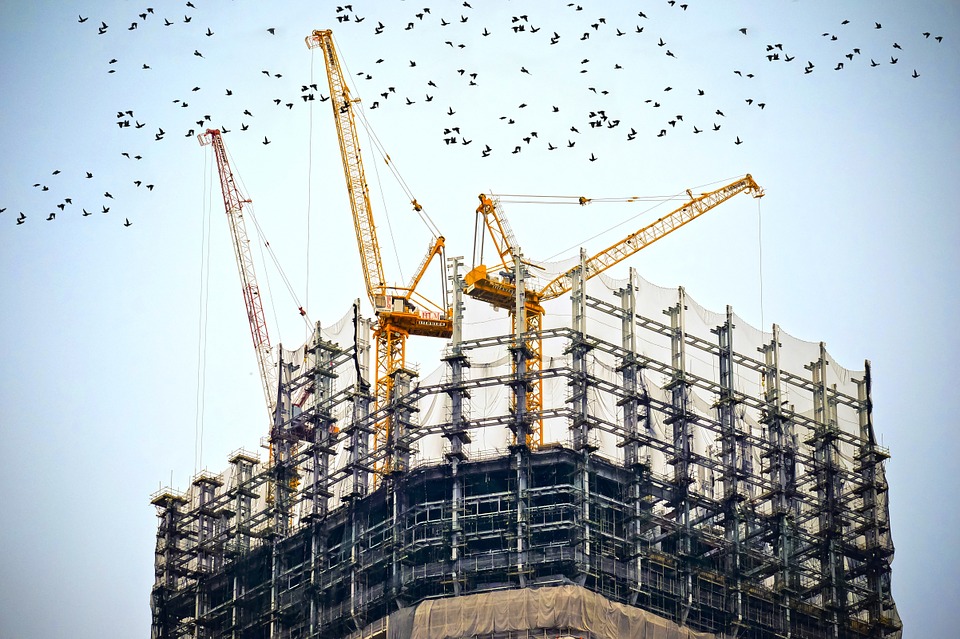How to Lower Your Company's Rate of Worker Injury in 2019

When a worker is injured, it can have devastating effects on your company. Among other things, you'll be forced to find someone to replace the injured worker, which requires time and resources. You may also face Workers' Compensation and legal fees associated with the incident. Now that a new year is here, however, you can evaluate your company's workplace to create a safer environment that reduces on-the-job injury rates.
Train and Retrain Workers
Workers who are highly skilled at their job are less likely to sustain injury than their under-skilled counterparts. To kick off 2019 on the right foot, provide the necessary training so that workers can perform their job correctly, efficiently and safely. And even after a worker has passed a training course, consider retraining him or her at a later date.
Clean Up Spilled Liquids
One of the most common types of work-related injury is slip and fall accidents. While falls from an elevated level are more dangerous, even same-level falls can injure and send a worker to the hospital. To protect against slip-and-fall accidents, keep the floors dry at all times. When a worker spills a liquid, whether it's water, oil or a cleaning solution, encourage them to clean it up as soon as possible. The longer spilled liquid remains on the floor, the greater the risk of someone slipping and falling.
Track Injuries
Turning a blind eye to work-related injuries is never a good idea. Even if the worker receives treatment, you still need to track the incident so that you can prevent it from happening again in the future. Keep a log of all work-related injuries, including the a description of the accident, which worker or workers were involved, what caused it and how your company responded to it. The Occupational Safety and Health Administration (OSHA) has its own rules regarding injury reporting, but tracking injuries internally within your company can help you create a safer workplace.
Provide PPE to Workers
Personal protective equipment (PPE) to workers is essential to preventing accidents. PPE, by definition, is equipment -- typically in the form of apparel -- that's used by workers to reduce their risk of injury. There are different types of PPE for various industries and jobs. Construction workers, for example, may wear PPE such as hard hats, steel-toe boots, gloves and impact-resistant goggles. In comparison, painters may wear respiratory masks with full-body suits.
Recent Posts
-
Fire Safety in the Workplace: What You Need to Know
What steps are you taking to prevent fires in your workplace? According to the U.S. Occupational Saf …Aug 23rd 2023 -
Is It Safe to Go Jogging With a Cold Infection?
If you're suffering from a cold infection, you might be wondering whether it's safe to go jogging. T …Aug 22nd 2023 -
5 Safety Tips to Follow When Using a Powder-Actuated Tool
Powder-actuated tools are commonly used to join materials to steel and concrete. Also known as Hilti …Aug 20th 2023




